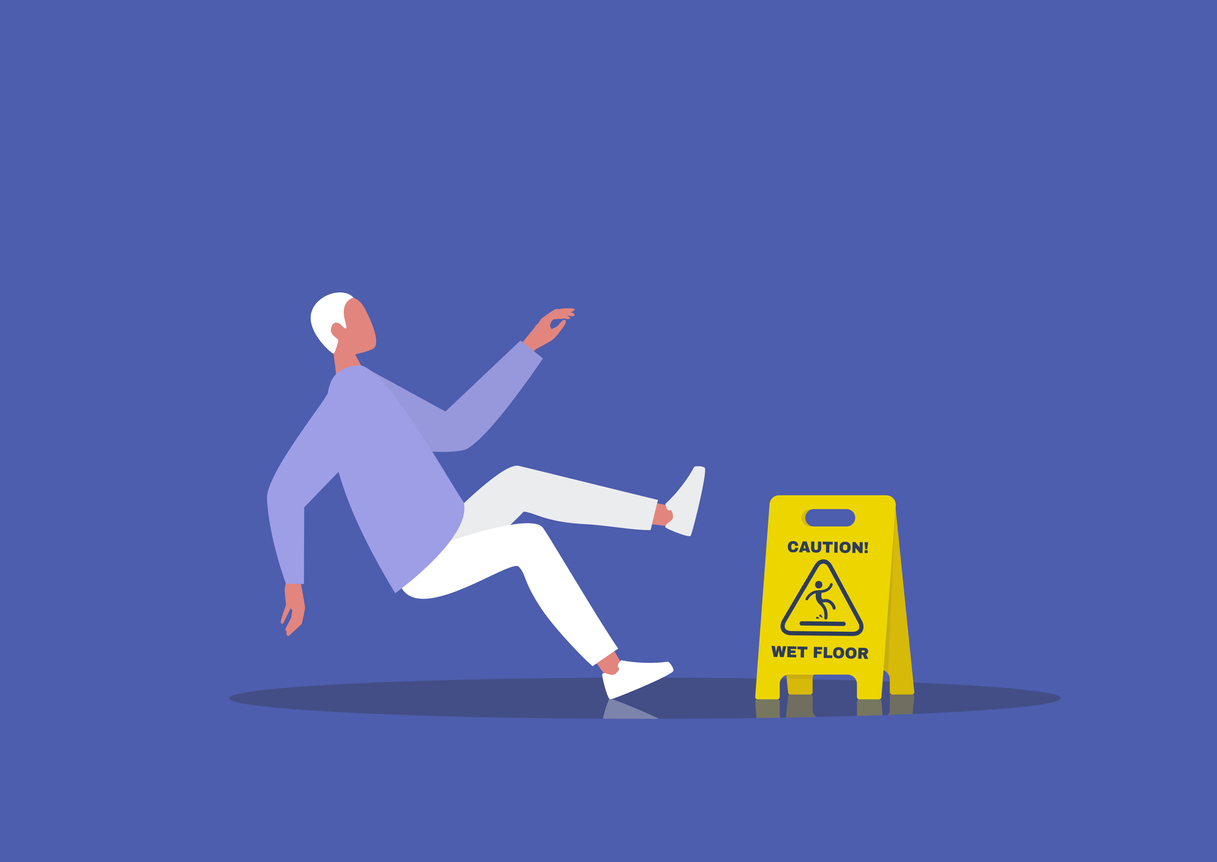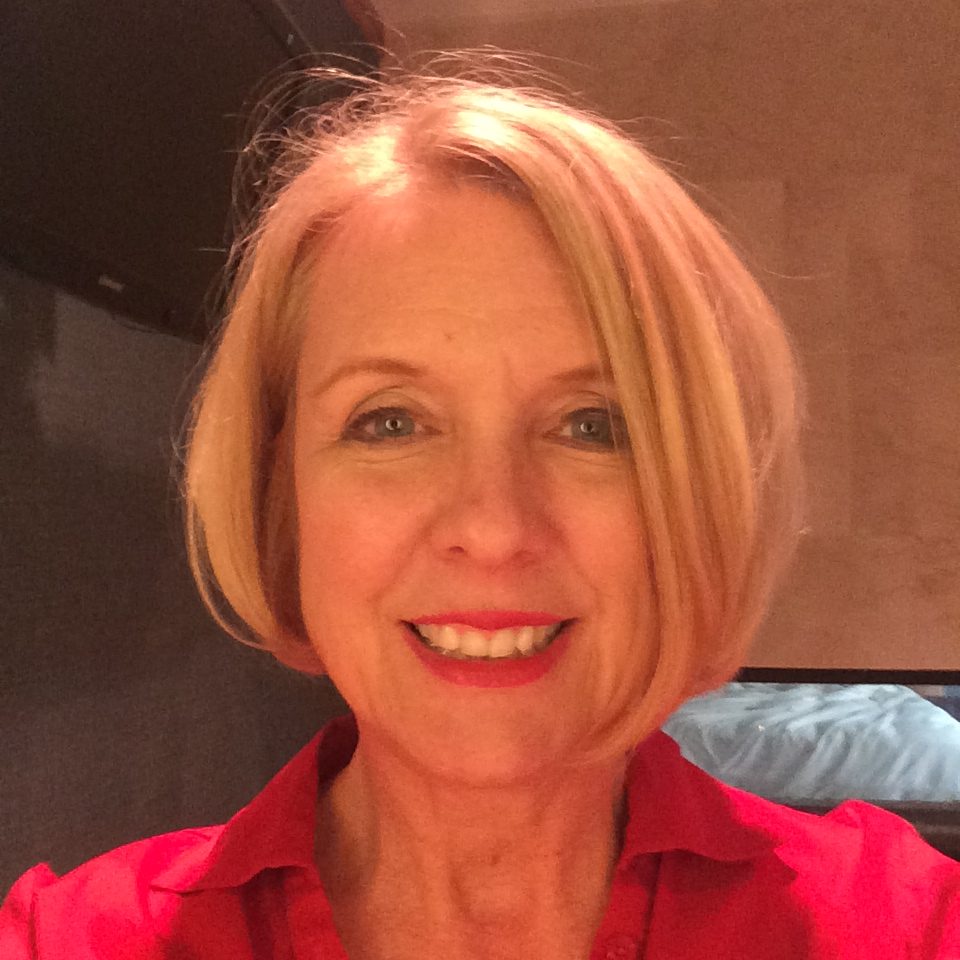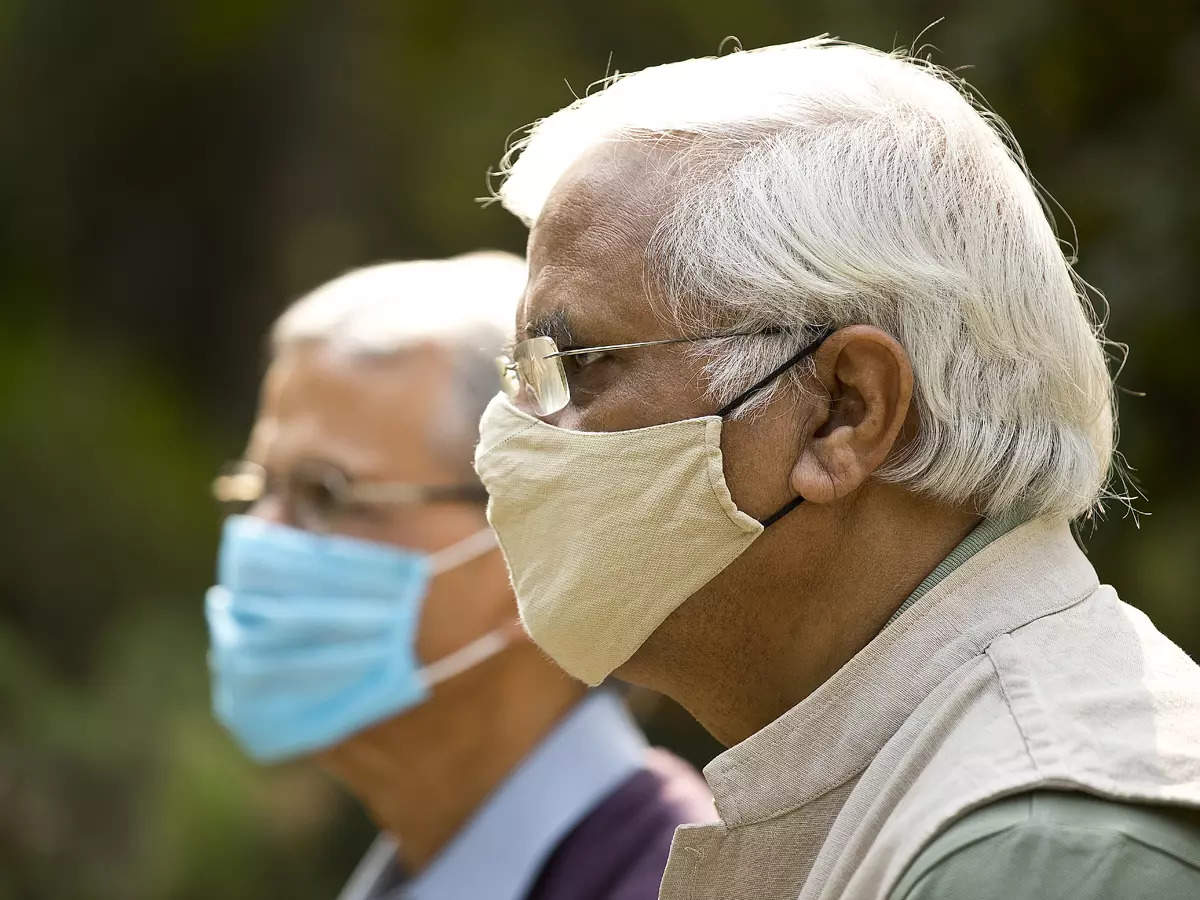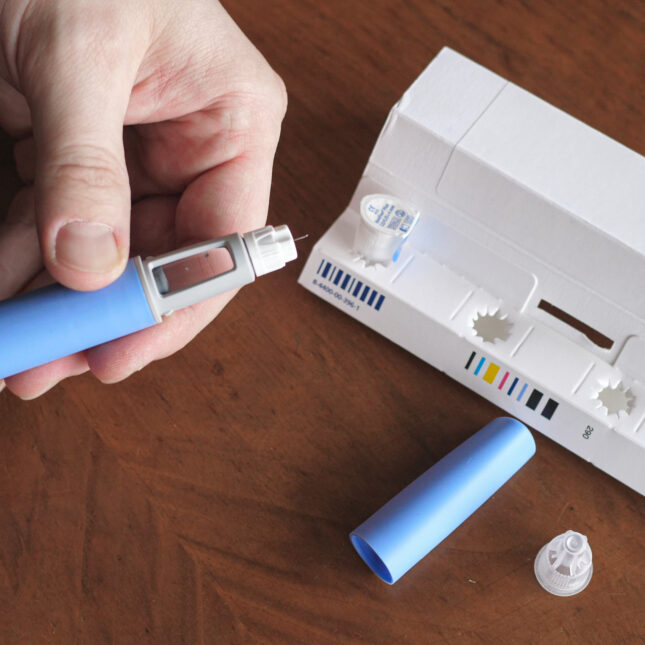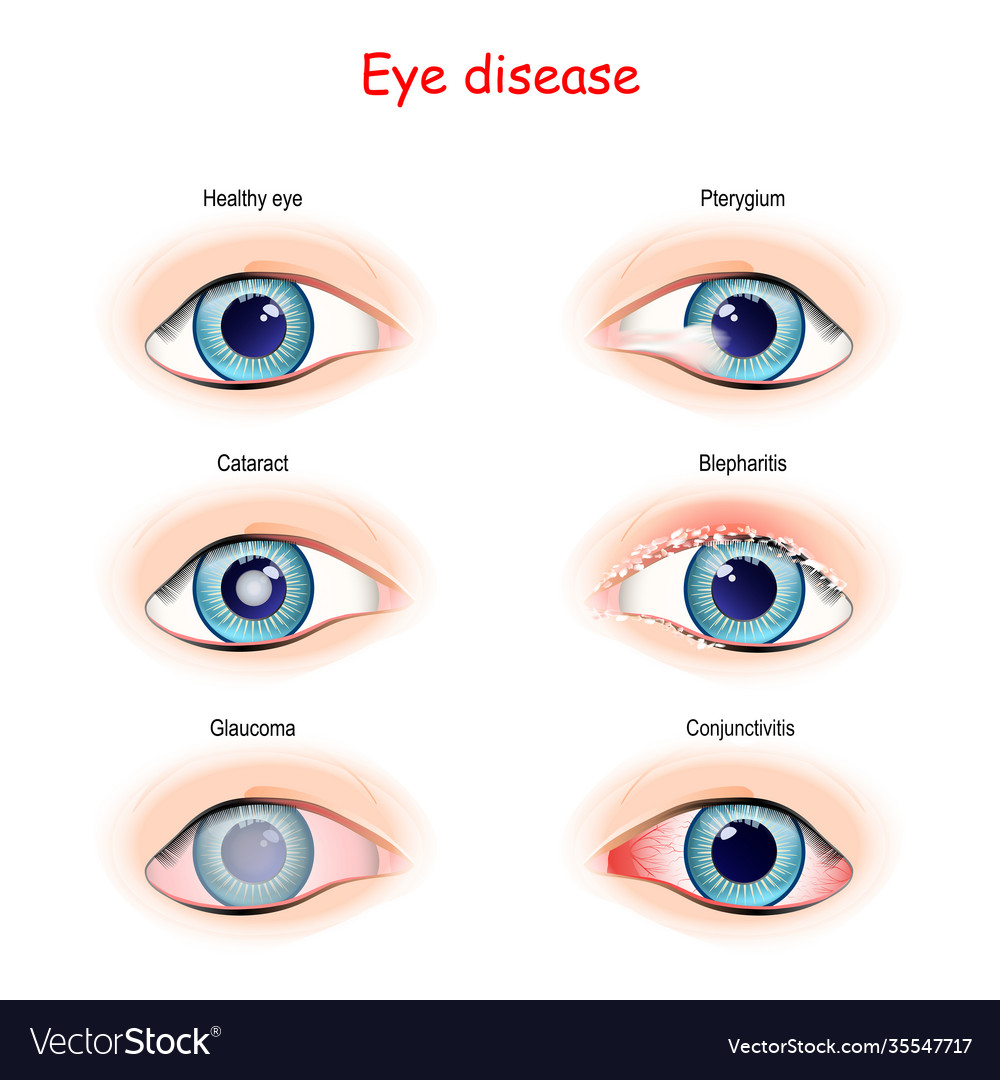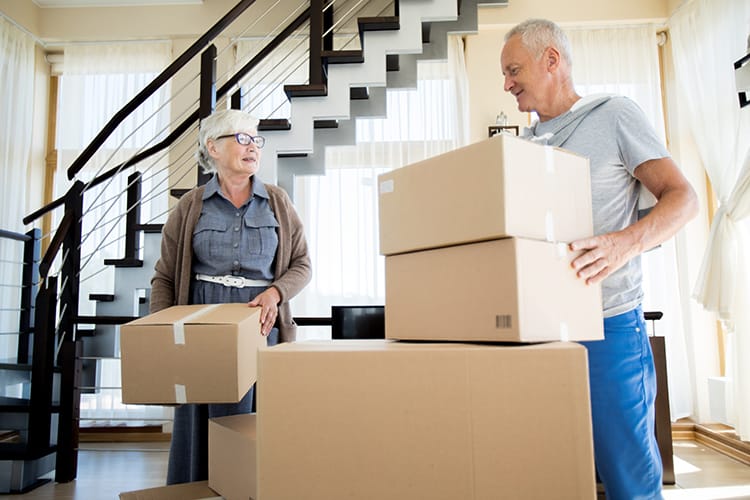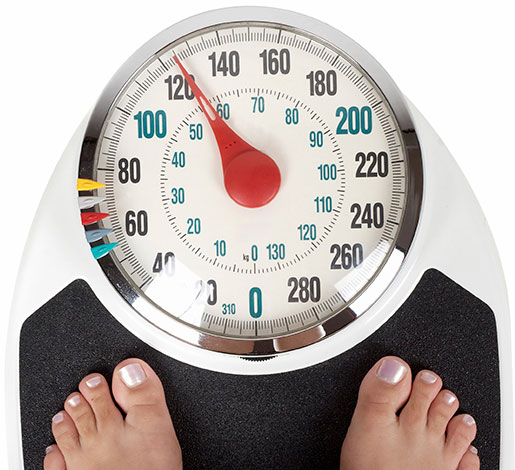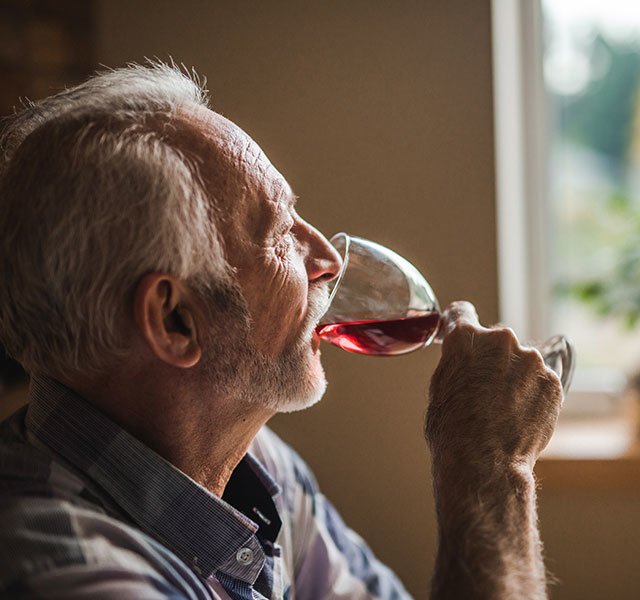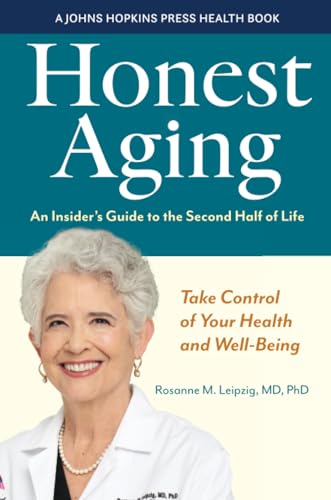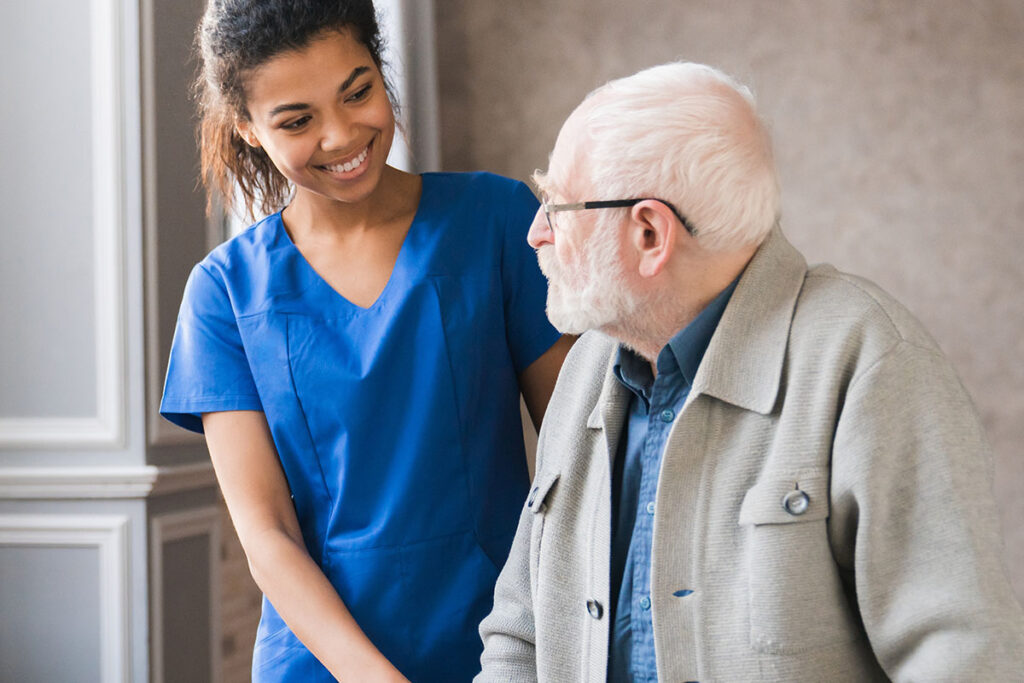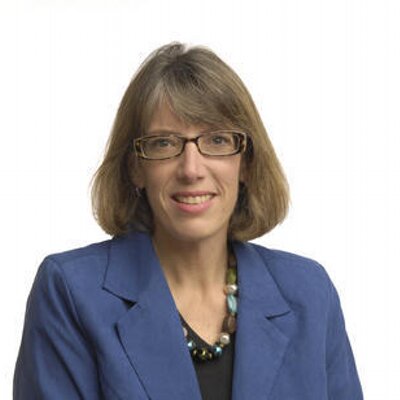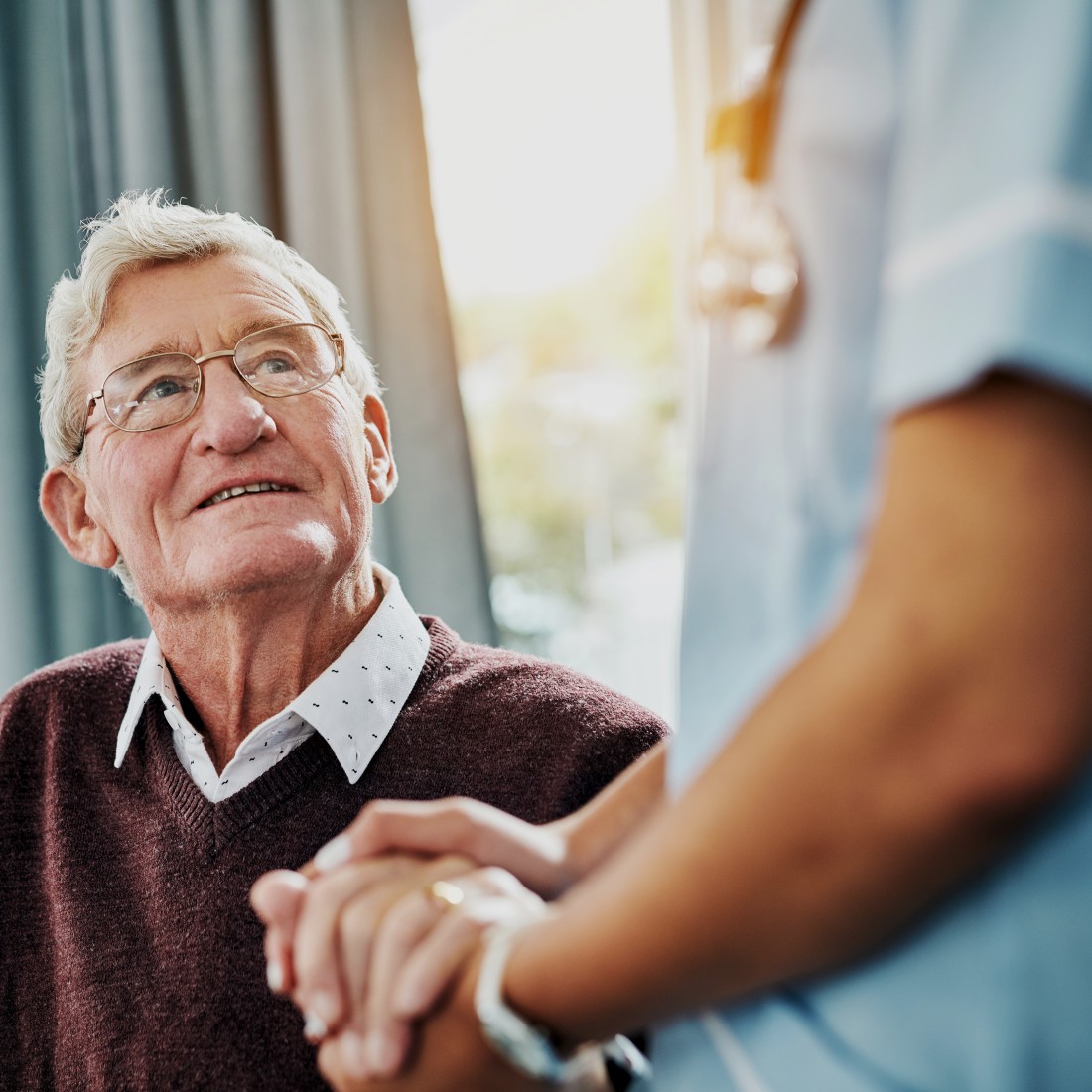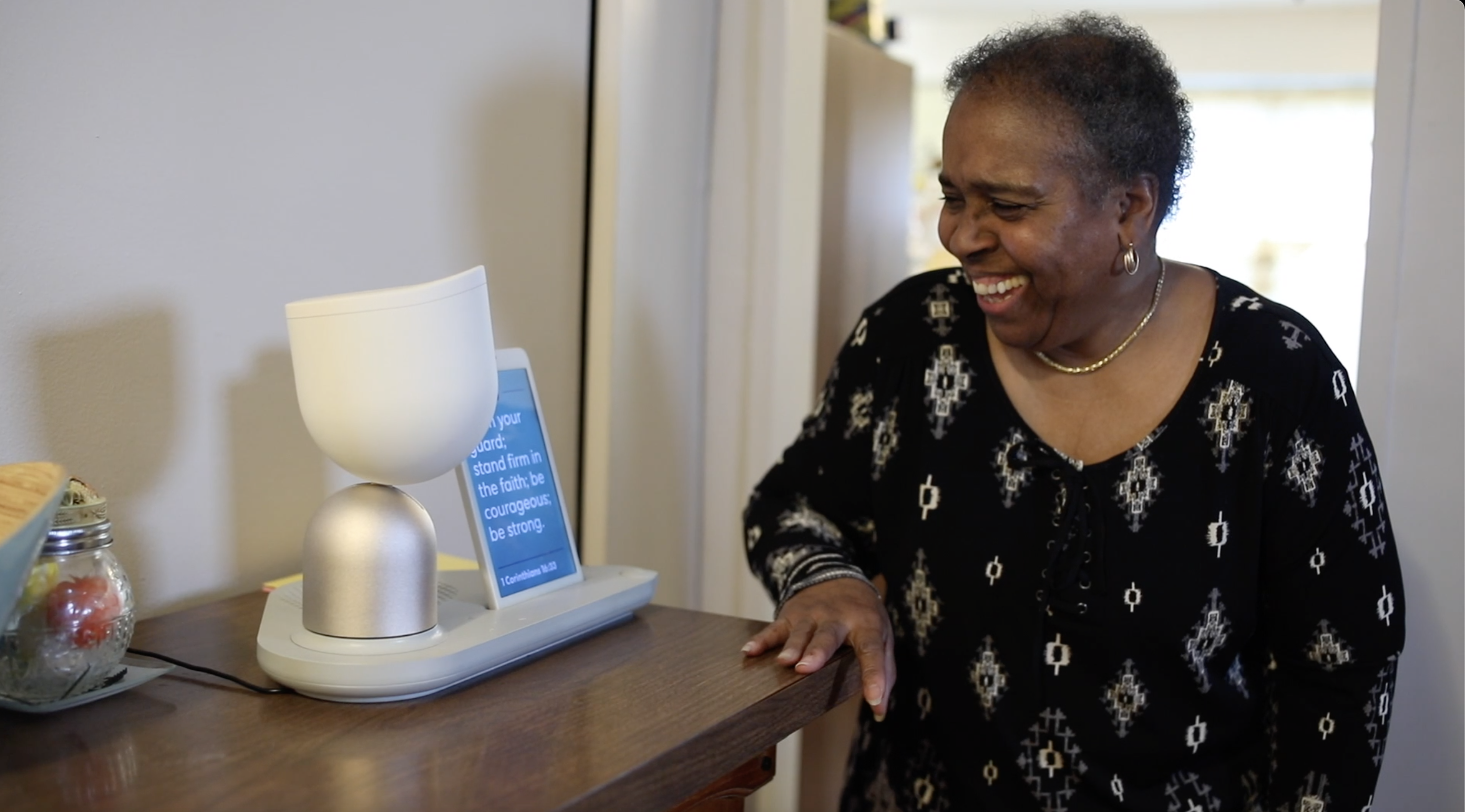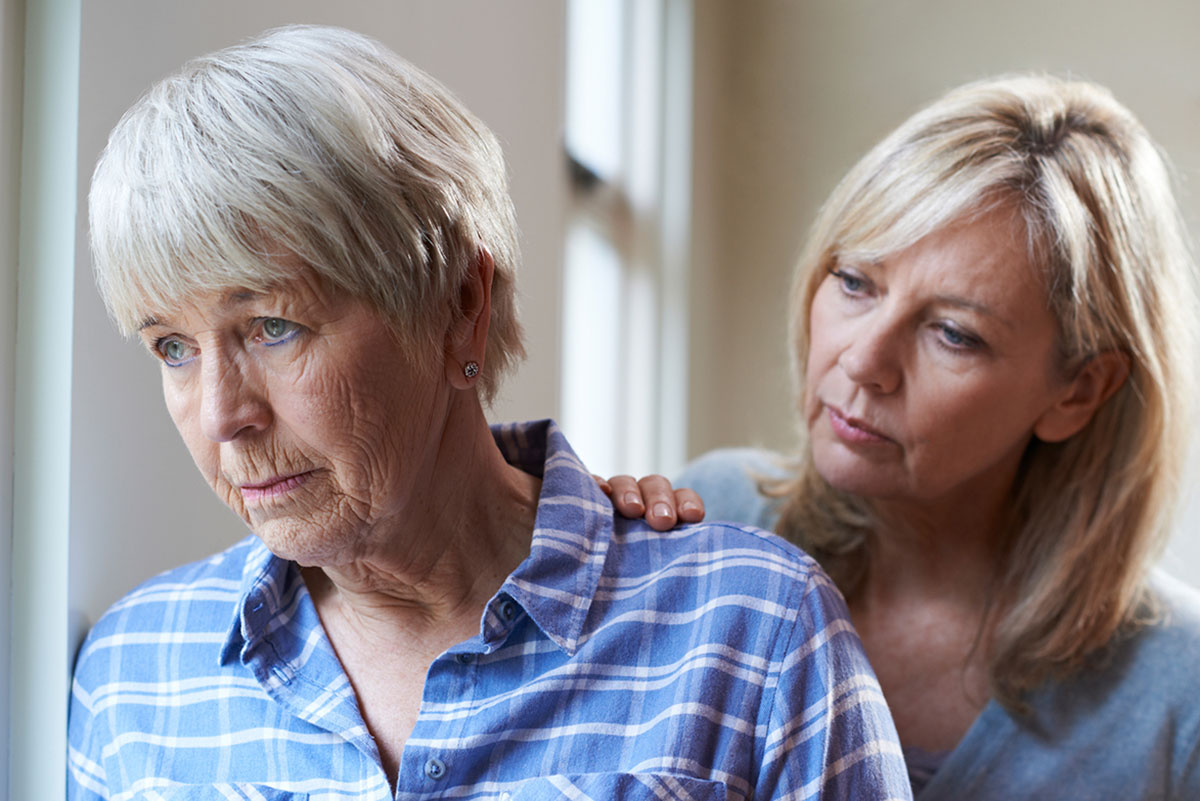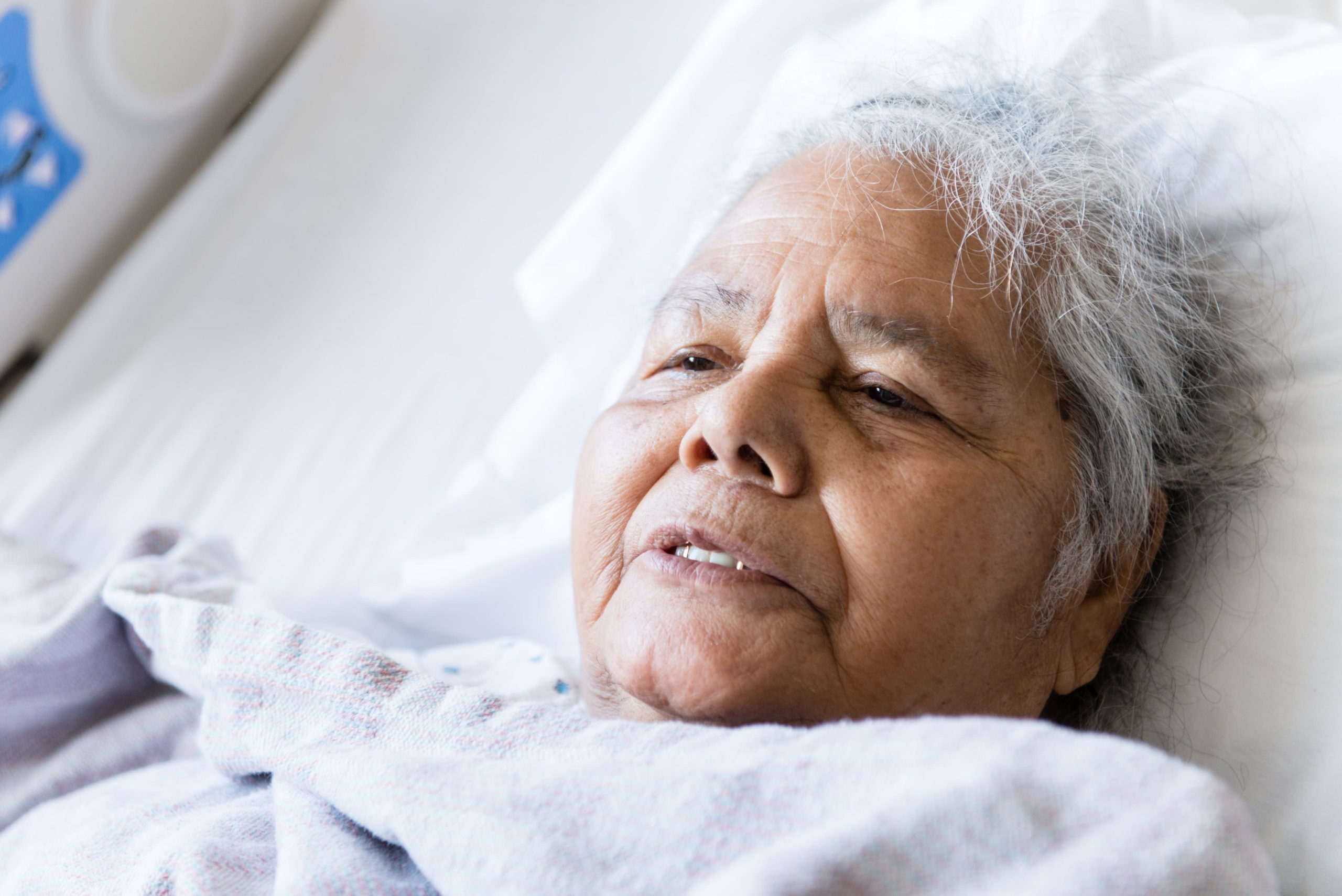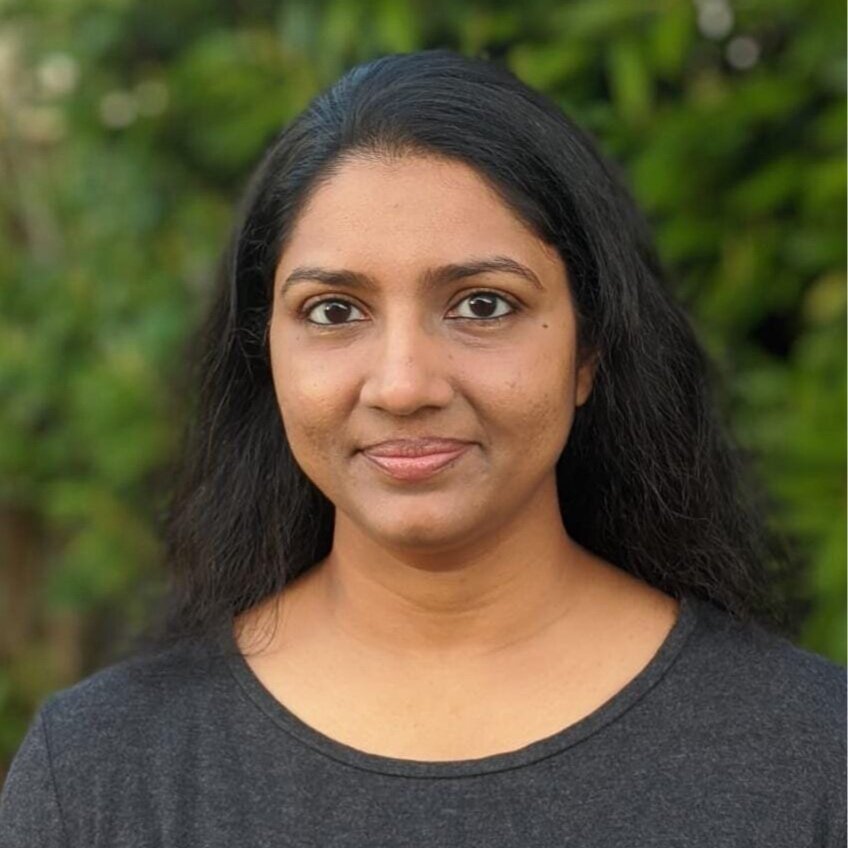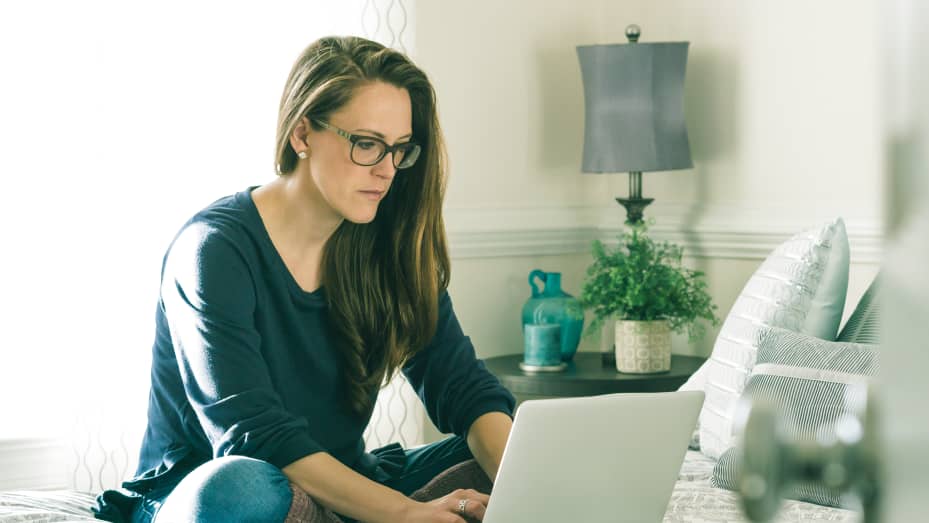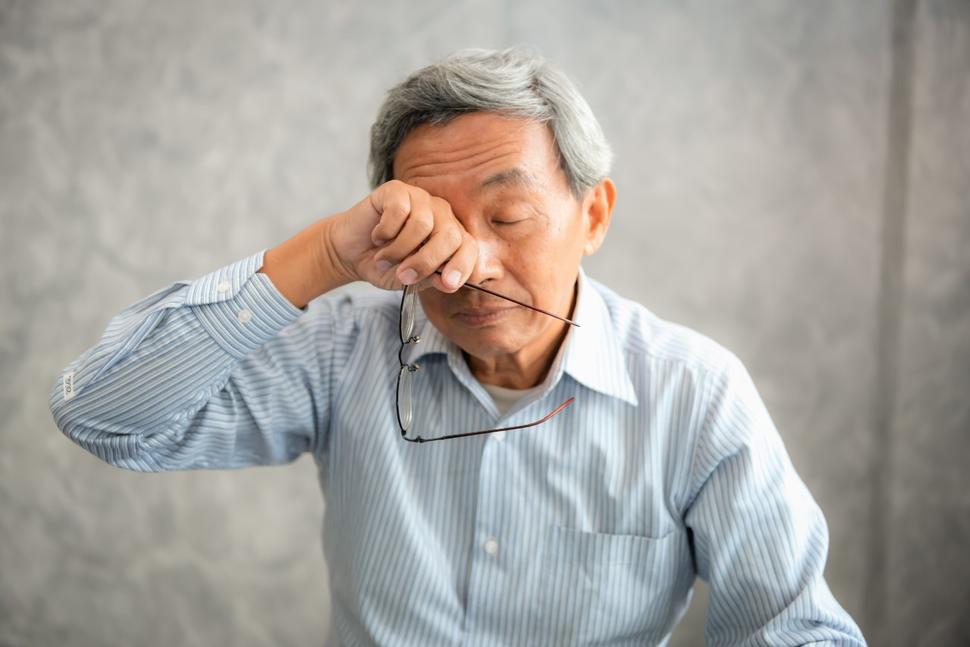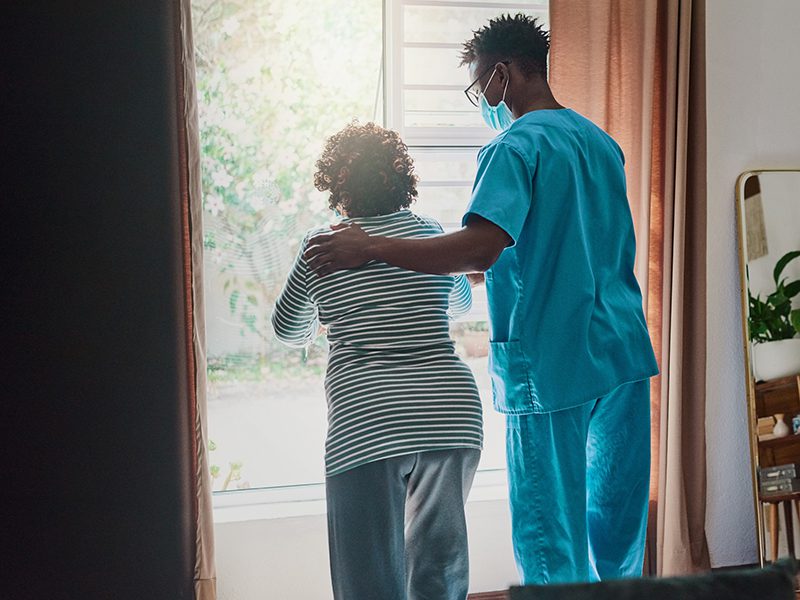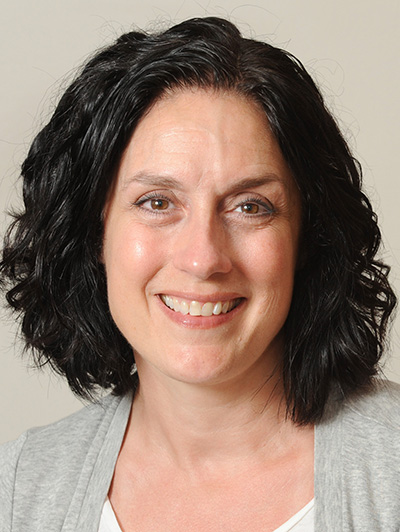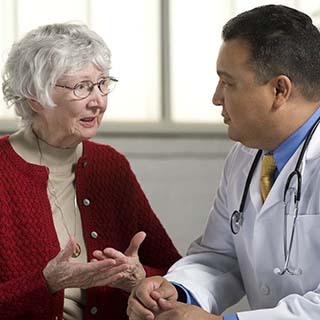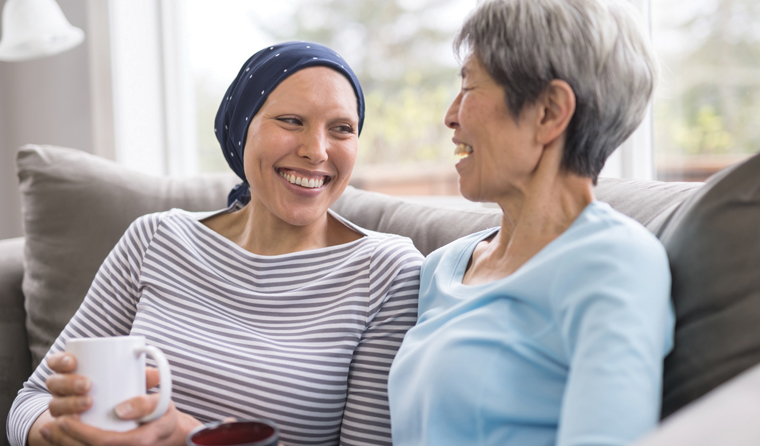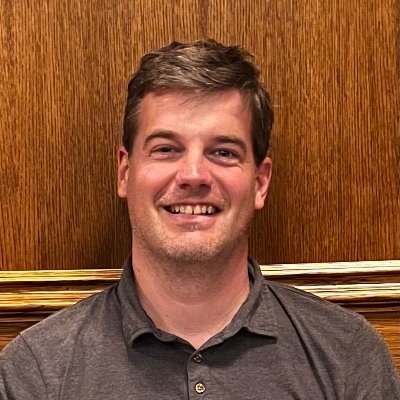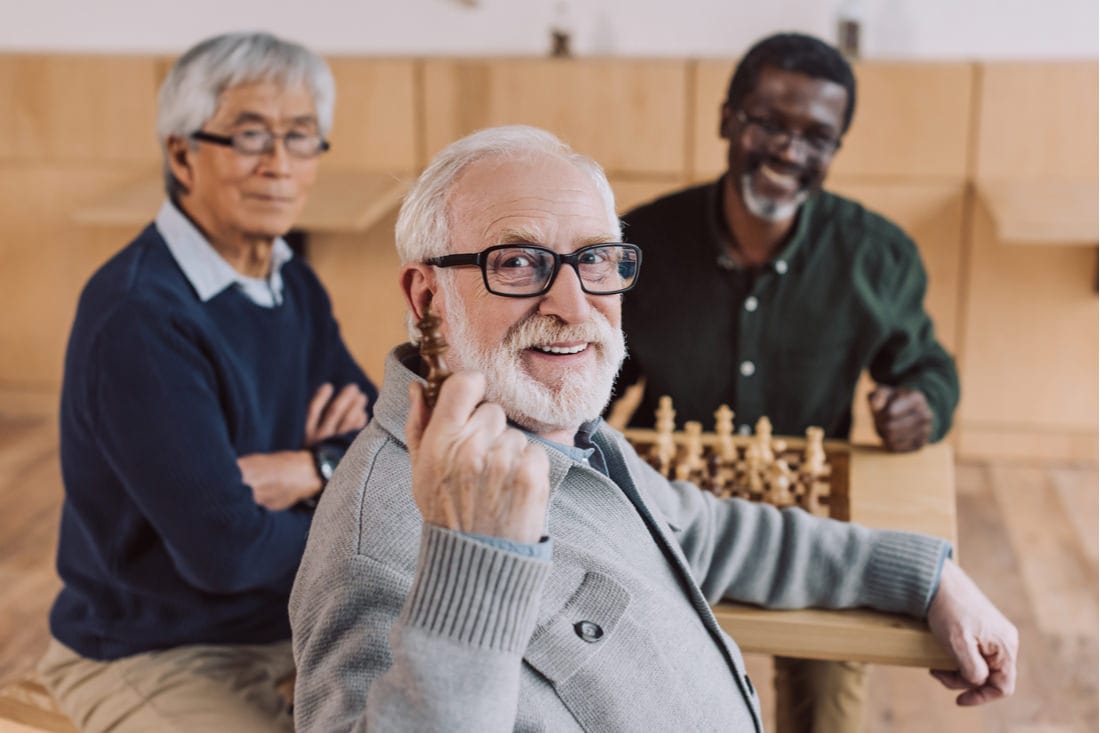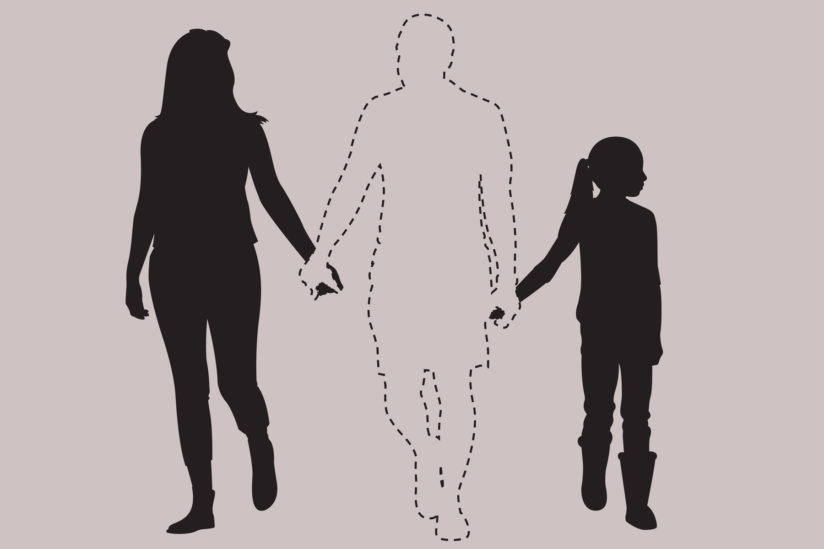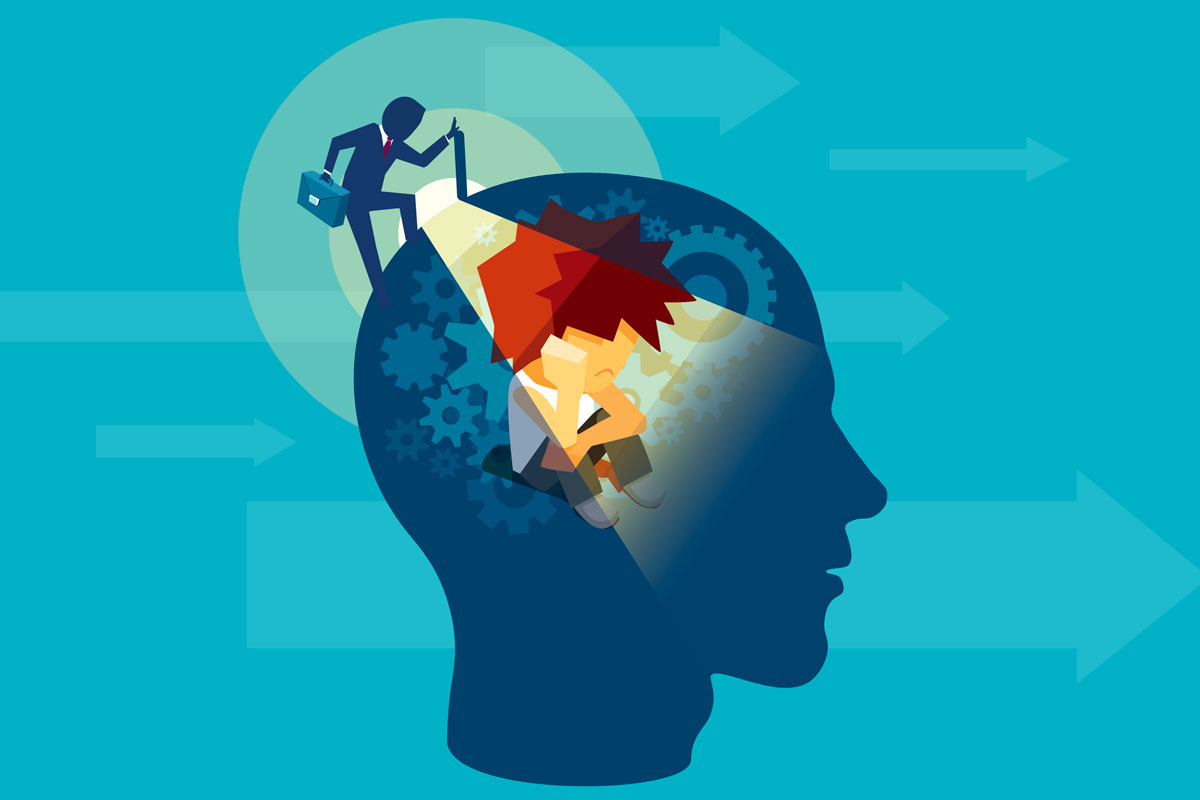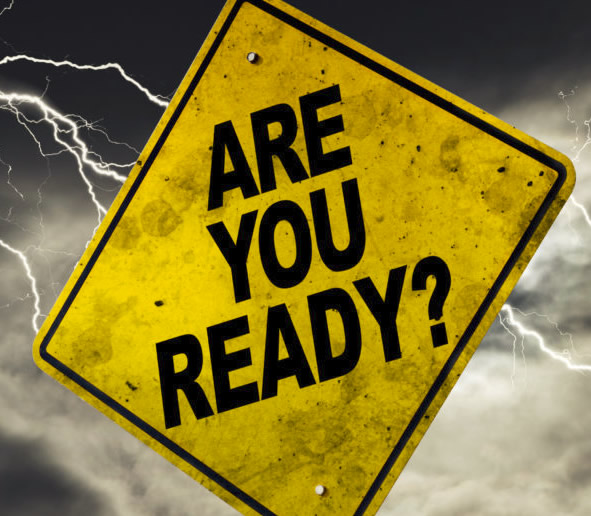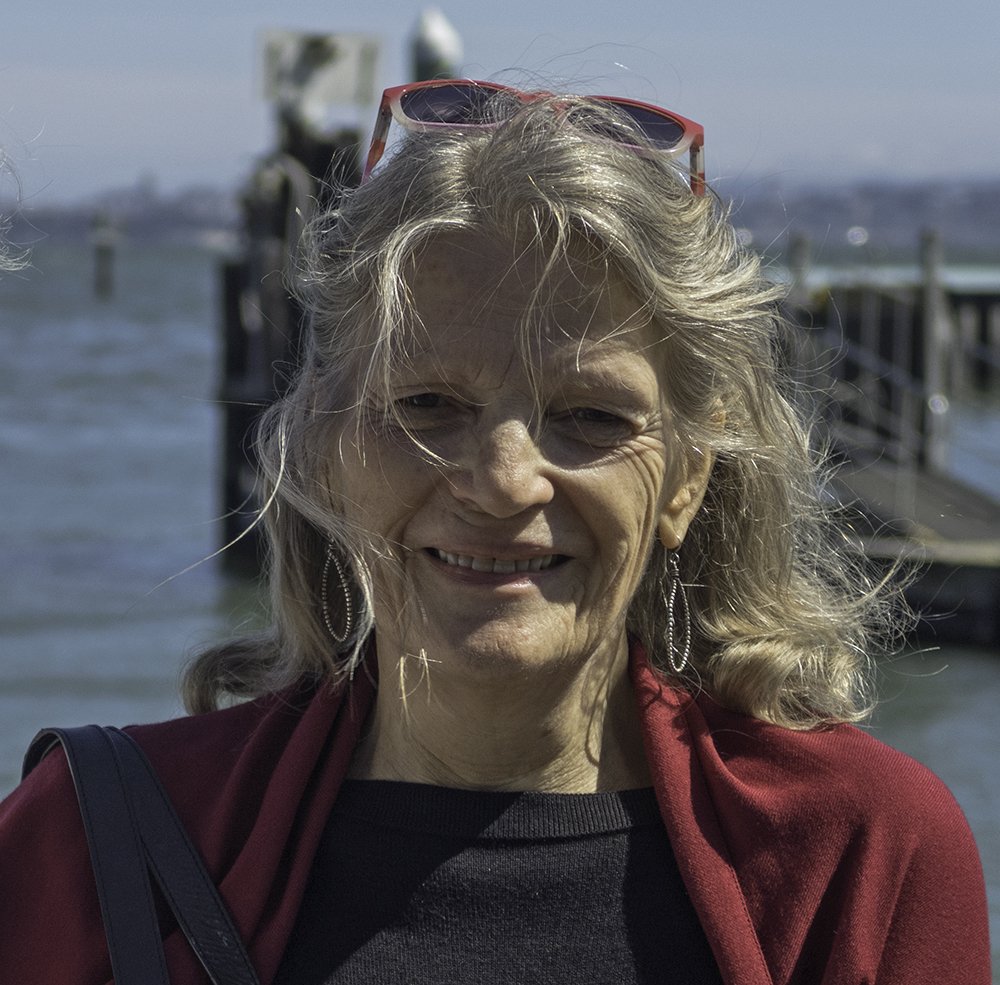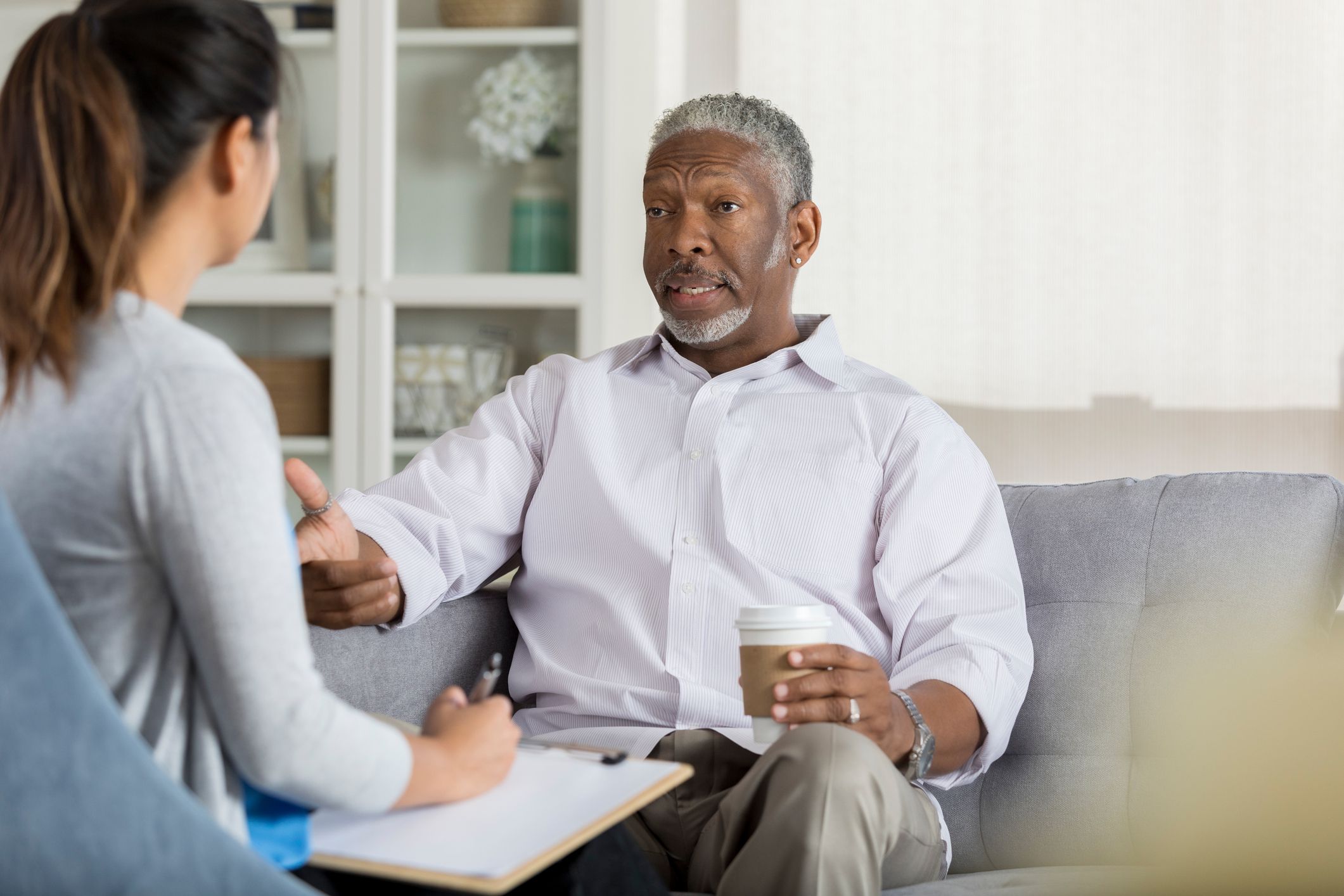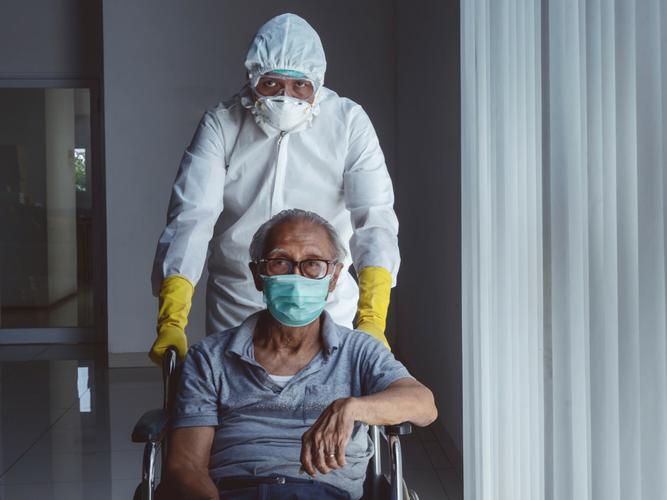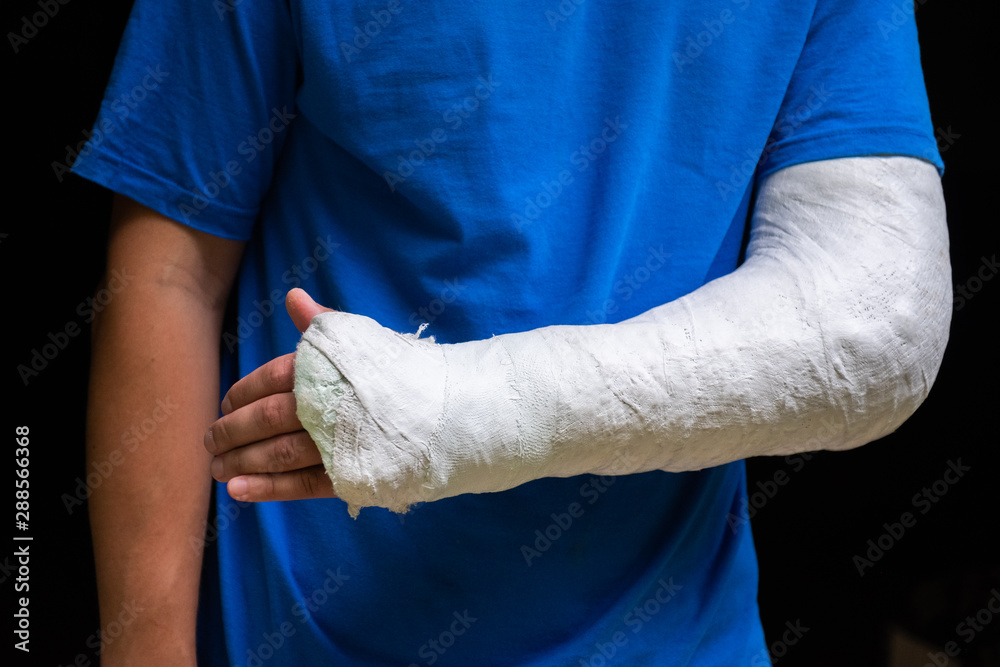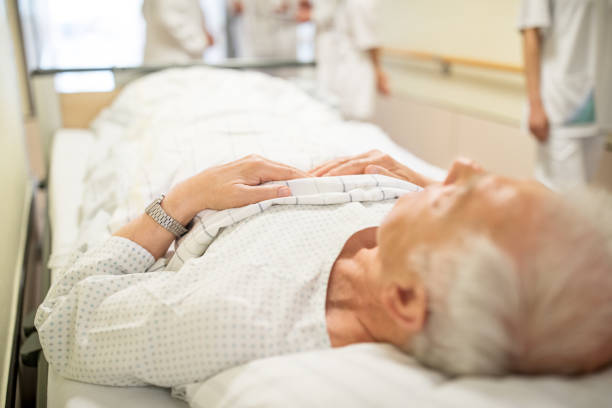
It’s called “boarding” when patients who have come to an emergency room spend hours and hours, lying on a gurney in a hallway, waiting for a bed in the hospital. Studies show that seniors who have been boarded don’t do as well once they’re admitted and run a higher risk of dying. For this article, journalist Judith Graham interviewed ER doctors and others about why boarding is happening much more often now and what patients can do to protect themselves. KFF Health News posted her article on May 6, 2024, and it also ran on CNN. Funding from the Silver Century Foundation helps KFF Health News develop articles (like this one) on longevity and related health and social issues.
Every day, the scene plays out in hospitals across America: older men and women lie on gurneys in emergency room corridors, moaning or suffering silently as harried medical staff attend to crises.
Even when physicians determine these patients need to be admitted to the hospital, they often wait for hours—sometimes more than a day—in the ER in pain and discomfort, not getting enough food or water, not moving around, not being helped to the bathroom and not getting the kind of care doctors deem necessary.
“You walk through ER hallways, and they’re lined from end to end with patients on stretchers in various states of distress calling out for help, including a number of older patients,” said Hashem Zikry, MD, an emergency medicine physician at UCLA Health.
Physicians who staff emergency rooms say this problem, known as ER boarding, is as bad as it’s ever been—even worse than during the first years of the COVID-19 pandemic, when hospitals filled with desperately ill patients.
While boarding can happen to all ER patients, adults 65 and older, who account for nearly 20 percent of ER visits, are especially vulnerable during long waits for care. Also, seniors may encounter boarding more often than other patients. The best estimates I could find, published in 2019, before the COVID-19 pandemic, suggest that 10 percent of patients were boarded in ERs before receiving hospital care. About 30 to 50 percent of these patients were older adults.
“It’s a public health crisis,” said Aisha Terry, MD, an associate professor of emergency medicine at George Washington University School of Medicine and Health Sciences and the president of the board of the American College of Emergency Physicians, which sponsored a summit on boarding in September.
Older adults forced to wait in the ER overnight are more likely to die after they’re finally admitted to the hospital.
What’s going on? I spoke to almost a dozen doctors and researchers who described the chaotic situation in ERs. They told me staff shortages in hospitals, which affect the number of beds available, are contributing to the crisis. Also, they explained, hospital administrators are setting aside more beds for patients undergoing lucrative surgeries and other procedures, contributing to bottlenecks in ERs and leaving more patients in limbo.
Then, there’s high demand for hospital services, fueled in part by the aging of the US population, and backlogs in discharging patients because of growing problems securing home health care and nursing home care, according to Arjun Venkatesh, MD, chair of emergency medicine at the Yale School of Medicine.
The impact of long ER waits on seniors who are frail, with multiple medical issues, is especially serious. Confined to stretchers, gurneys, or even hard chairs, often without dependable aid from nurses, they’re at risk of losing strength, forgoing essential medications and experiencing complications such as delirium, according to Saket Saxena, MD, a co-director of the geriatric emergency department at the Cleveland Clinic.
When these patients finally secure a hospital bed, their stays are longer and medical complications more common. And new research finds that the risk of dying in the hospital is significantly higher for older adults when they stay in ERs overnight, as is the risk of adverse events such as falls, infections, bleeding, heart attacks, strokes and bedsores.
Ellen Danto-Nocton, MD, a geriatrician in Milwaukee, was deeply concerned when an 88-year-old relative with “stroke-like symptoms” spent two days in the ER a few years ago. Delirious, immobile and unable to sleep as alarms outside his bed rang nonstop, the older man spiraled downward before he was moved to a hospital room. “He really needed to be in a less chaotic environment,” Danto-Nocton said.
Several weeks ago, Zikry of UCLA Health helped care for a 70-year-old woman who’d fallen and broken her hip while attending a basketball game. “She was in a corner of our ER for about 16 hours in an immense amount of pain that was very difficult to treat adequately,” he said. ERs are designed to handle crises and stabilize patients, not to “take care of patients who we’ve already decided need to be admitted to the hospital,” he said.
Boarding is an issue that needs to be addressed with changes in the health system and in health policies.
How common is ER boarding and where is it most acute? No one knows, because hospitals aren’t required to report data about boarding publicly. The Centers for Medicare & Medicaid Services retired a measure of boarding in 2021. New national measures of emergency care capacity have been proposed but not yet approved.
“It’s not just the extent of ED boarding that we need to understand. It’s the extent of acute hospital capacity in our communities,” said Venkatesh of Yale, who helped draft the new measures.
In the meantime, some hospital systems are publicizing their plight by highlighting capacity constraints and the need for more hospital beds. Among them is Massachusetts General Hospital in Boston, which announced in January that ER boarding had risen 32 percent from October 2022 to September 2023. At the end of that period, patients admitted to the hospital spent a median of 14 hours in the ER and 26 percent spent more than 24 hours.
Maura Kennedy, MD, Mass General’s chief of geriatric emergency medicine, described an 80-something woman with a respiratory infection who languished in the ER for more than 24 hours after physicians decided she needed inpatient hospital care.
“She wasn’t mobilized, she had nothing to cognitively engage her, she hadn’t eaten and she became increasingly agitated, trying to get off the stretcher and arguing with staff,” Kennedy told me. “After a prolonged hospital stay, she left the hospital more disabled than she was when she came in.”
When I asked ER doctors what older adults could do about these problems, they said boarding is a health system issue that needs health system and policy changes. Still, they had several suggestions.
Be prepared to wait when you come to an ER…. Bring a medication list and your medications, if you can.
—Alexander Janke, MD
“Have another person there with you to advocate on your behalf,” said Jesse Pines, MD, chief of clinical innovation at US Acute Care Solutions, the nation’s largest physician-owned emergency medicine practice. And have that person speak up if they feel you’re getting worse or if staffers are missing problems.
Alexander Janke, MD, a clinical instructor of emergency medicine at the University of Michigan, advises people, “Be prepared to wait when you come to an ER” and “Bring a medication list and your medications, if you can.”
To stay oriented and reduce the possibility of delirium, “make sure you have your hearing aids and eyeglasses with you,” said Michael Malone, MD, medical director of senior services for Advocate Aurora Health, a 20-hospital system in Wisconsin and northern Illinois. “Whenever possible, try to get up and move around.”
Friends or family caregivers who accompany older adults to the ER should ask to be at their bedside, when possible, and “try to make sure they eat, drink, get to the bathroom and take routine medications for underlying medical conditions,” Malone said.
Older adults or caregivers who are helping them should try to bring “things that would engage you cognitively: magazines, books … music, anything that you might focus on in a hallway where there isn’t a TV to entertain you,” Kennedy said.
“Experienced patients often show up with eye masks and ear plugs” to help them rest in ERs with nonstop stimulation, said Zikry of UCLA. “Also, bring something to eat and drink in case you can’t get to the cafeteria or it’s a while before staffers bring these to you.”
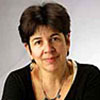
Judith Graham writes a column on aging and health for KFF Health News, where she’s a contributing columnist. She also freelances for other publications. Earlier in her career, Judith contributed more than 80 pieces to the New York Times blog, The New Old Age. She was nominated for a Pulitzer Prize for a series on defective pacemakers and was part of a Chicago Tribune team that won a Pulitzer in 2001.



